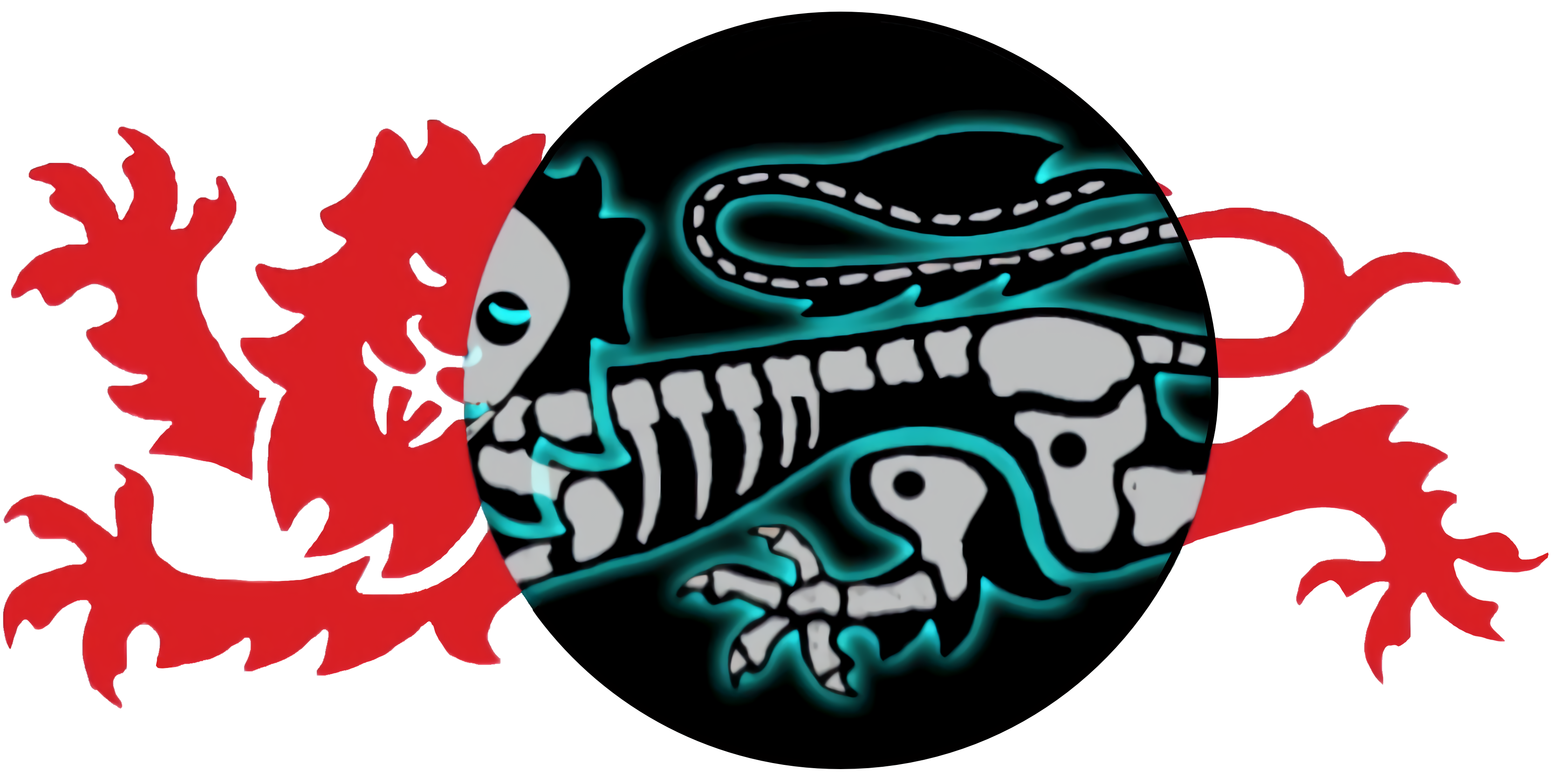Enjoy working thorugh the following questions. We hope they aid your learning. If you have any issues or feedback, please email meded.society@newcastle.ac.uk.
Question 1
Which of the following organs secretes chymotrypsin in the digestion of proteins?
- Mouth
- Duodenum
- Pancreas
- Stomach
- Liver
The correct answer is option c Pancreas
Correct to start digestion
a. Incorrect, this would not work due to the stomach acid
b. It is secreated into the duodenum, but not from it
d. The Chymotryypsin would be denatured in the stomach
e. The liver secretes emusing substances
Question 2
In cystinuria, there are high levels of some amino acids in the urine. Which of the following is NOT one of these amino acids?
- Cysteine
- Alanine
- Lysine
- Ornithine
- Arginine
The correct answer is option b Alanine
This is not found in the urine during cystinuria
a. This is found in the urine
c. This is found in the urine
d. This is found in the urine
e. This is found in the urine
Question 3
Which of the following is not a fat soluble vitamin?
- Vitamin A
- Vitamin D
- Vitamin E
- Vitamin K
- Vitamin B3
The correct answer is option e Vitamin B3
Correct as this is lipophobic, not lipophillic
a. This is fat soluble
b. This is fat soluble
c. This is fat soluble
d. This is fat soluble
Question 4
What condition is caused by vitamin B1 deficency?
- Pellagra
- Scurvy
- Nyctalopia
- Beriberi
- Rickets
The correct answer is option d Beriberi
This is caused by B1 deficency
a. This is caused by a B3 deficency
b. This is caused by a vitamin C deficiency
c. This is caused by a vitamin A deficency
e. This is due to a deficiency in vitamin D
Question 5
A 65-year-old man eats a healthy meal. Approximately 40 minutes later the ileocecal sphincter relaxes and chyme moves into the cecum. Gastric distention leads to relaxation of the ileocecal sphincter by way of which reflex?
- Enterogastric
- Gastroileal
- Gastrocolic
- Intestino-intestinal
- Rectosphincteric
The correct answer is option b Gastroileal
Look at the 2 parts, between the stomach and the ilium
a. This is between the duodenum and the stomach
c. This is between the stomach and the colon
d. This is between parts of the small intestine
e. This allows the sphincter to allow facaes to pass
Question 6
Hirschprung’s disease results in an impaired defecation reflex. Which of the following best describes the pathophysiology of Hirschprung’s?
- A congenital absence of enteric nervous system ganglia
- Trypanosome infection that destroys neural networks in the colon
- A neuropsychiatric condition resulting in voluntary withholding of stool
- An opening between the anal and vaginal canals cause stool to pass through the vagina
- Chronic infection of the GI tract causing persistent gastrointestinal irritation
The correct answer is option a A congenital absence of enteric nervous system ganglia
This is the correct description of Hirschprungs
b. This is Chaga’s disease
c. This is neurological
d. This is an anovaginal fistula
e. This is an infective cause
Question 7
Which of the following is a common cause of dysentery?
- Norovirus
- Rotavirus
- Shigella
- Malaria
- Adenovirus
The correct answer is option c Shigella
This is the common bacterial cause of dysentry
a. This causes vomiting and diarrhoea
b. This is a virus that typically affects under 5s
d. This is a parasitic blood infection
e. This typically causes a RTI
Question 8
Which of the following is statements about drugs to treat diarrhoea is correct
- Bulk forming laxatives work by decreasing water absorbtion into the intestines and stools
- Linaclotide can be prescribed in IBD
- Loperamide is an anti-motility agent
- Drugs should always be used in the management of diarrhoea
- TCAs are no longer indicated in the management of diarrhoea
The correct answer is option c Loperamide is an anti-motility agent
This is the correct MOA of loperamide
a. This is incorrect, bulk forming laxatives increase water absorbtion into the stool
b. Linaclotide is contraindicated in IBD
d. First line is rehydration therapies, not medications
e. TCAs, such as amitriptyline, are still indicated in diarrhoea
Question 9
Which of the following features would you most expect to see in Crohn’s disease?
- Diffuse inflammation and ulceration limited to the colon
- Submucosal inflammation
- Associated primary sclerosing cholangitis
- Cobblestone appearance with muscle hypertrophy and skip legions, visible on endoscopy
- Villous atrophy and crypt cell hyperplasia visible on biopsy
The correct answer is option d. Cobblestone appearance with muscle hypertrophy and skip legions, visible on endoscopy
This is the only one seen on chrons
a. This is seen in UC, not crohns
b. This is seen in UC, not Crohns
c. This is seen in UC, not Crohns
e. This is seen in coeliacs, not Crohns
Question 10
Which of the following statements best describes the anatomy of the small intestine?
- The small intestine is composed of the jejunum, ilium and ascending colon
- Peyer’s patches are present in the ilium of the small intestine
- The ilium has thicker walls compared to the thinner walls of the jejunum
- The ilium has longer vasa recta in comparison to the jejunum
- The jejunum sits in the upper supracolic compartment
The correct answer is option b Peyer’s patches are present in the ilium of the small intestine
This is the correct description of the location of peyers patches
a. This is incorrect, it is the duodenum, not the ascending colon
c. The Jejunum has the thicker walls
The ilium has shorter vasa recta
The jejunum is in the RUQ
